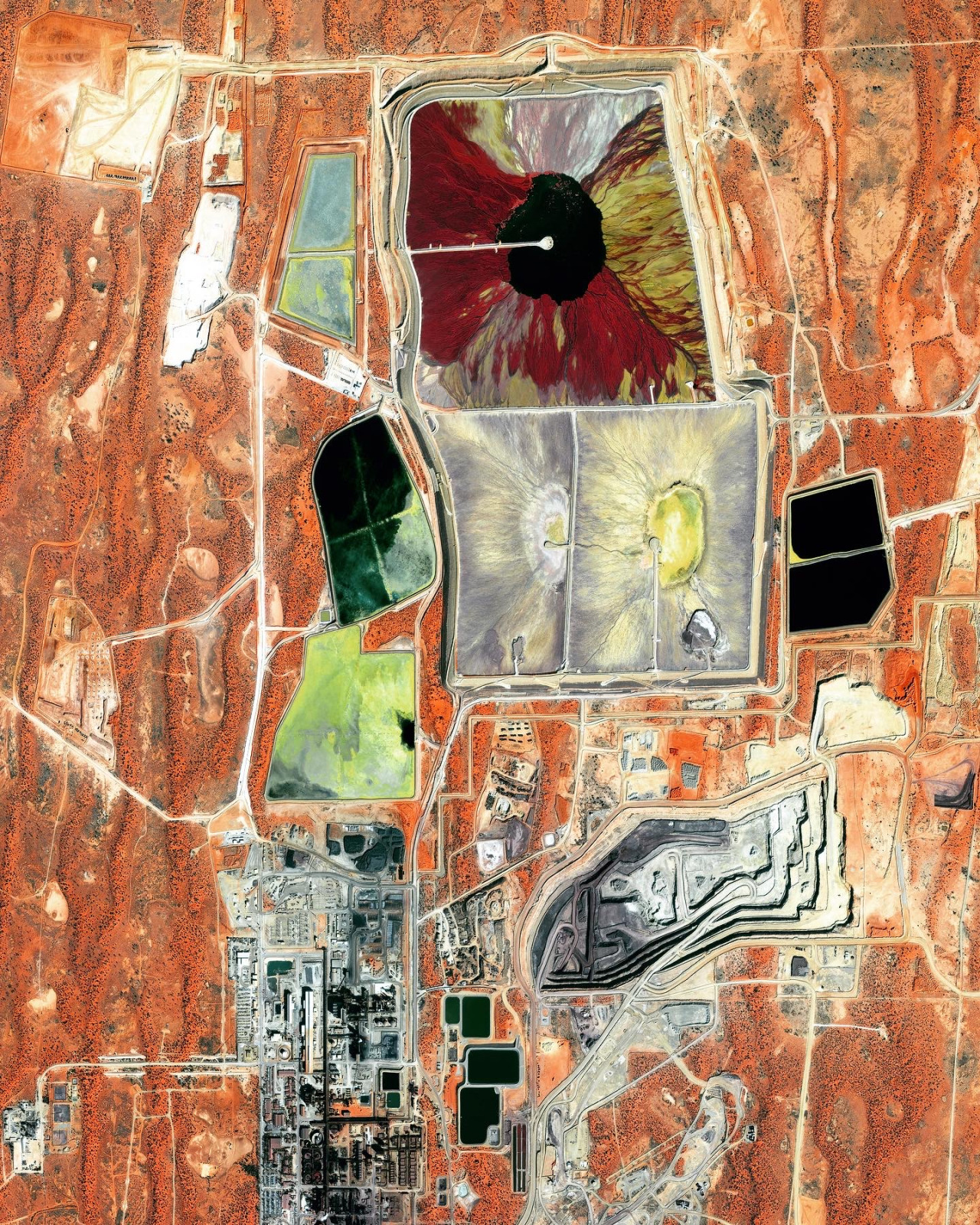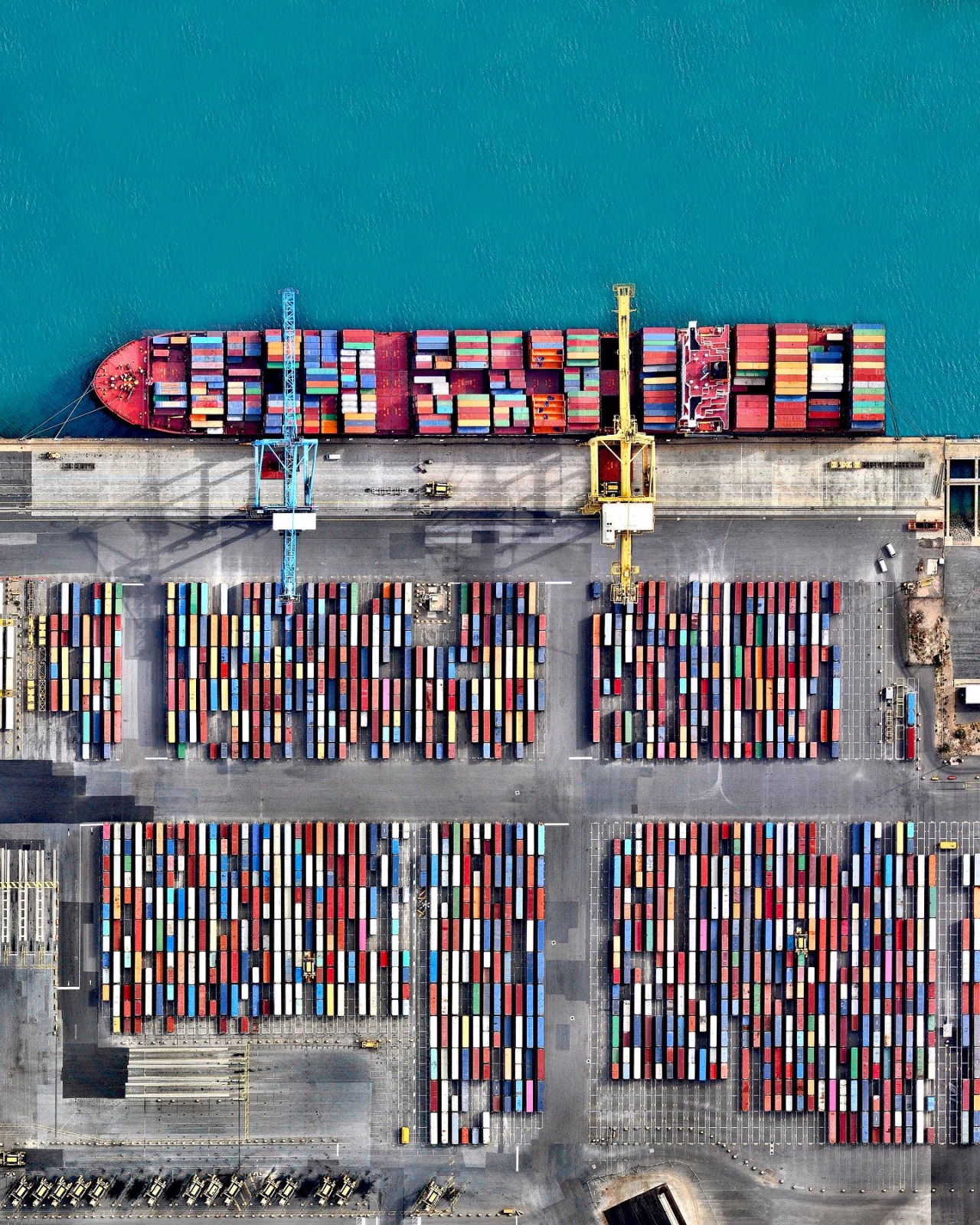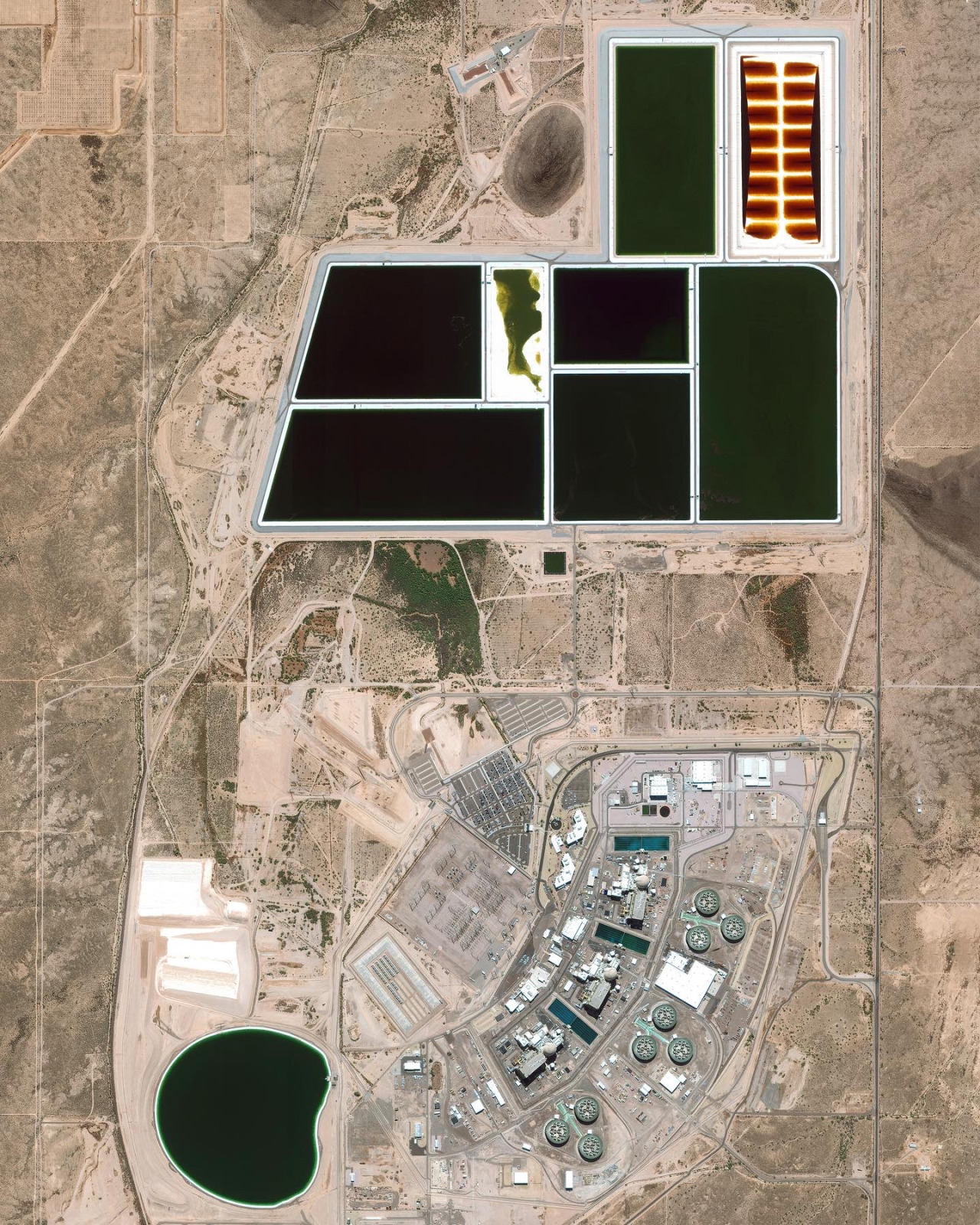Continuing with our Earth Week posts, today we are focusing on nuclear power. Nuclear supplies ~ 15% of the world’s electricity needs from roughly 450 nuclear power plants around the globe. While some parts of the nuclear process such as mining, transportation of materials, and plant construction do produce carbon emissions, no other energy source provides the same level of output, efficiency, and undisrupted energy during its power generation phase. Nuclear is not without its downsides, of course. First, each plant takes roughly 15 years to construct and they are often criticized for being expensive, over-budget, and reliant on government subsidies. Nuclear disasters have also been well-documented and the subsequent fear is embedded in the public consciousness. To learn a bit more, here is a story from our recent book “Overview Timelapse”:
Step 1 — The Olympic Dam mine in South Australia contains the largest known deposit of uranium in the world and is the country’s largest producer of uranium oxide, or “yellowcake.” Mining the material is the first step in processing uranium for energy. Before it can be fabricated into a fuel, the uranium must be enriched through the process of isotope separation.
Step 2 — Australia is home to 33 percent of the world’s uranium deposits and is the world’s third-largest producer of uranium. However, the country does not have any nuclear power plants or nuclear weapons, meaning all of the uranium mined there is shipped overseas to other countries that use the material. Uranium that is mined at Olympic Dam is shipped via Port Adelaide, located 350 miles (563 kilometers) away. The yellowcake is packaged in 200-liter drums and sent inside shipping containers on container ships like the one seen here at the port.
Step 3 — More than half of the uranium exported from Australia is purchased by the United States, a country that generates around 30 percent of the world’s nuclear power. The American nuclear facility with the largest capacity is Palo Verde Nuclear Generating Station near Tonopah, Arizona, which produces an average of 3.3 gigawatts, or enough power to serve roughly 4 million people.
Source: Maxar / Nearmap







